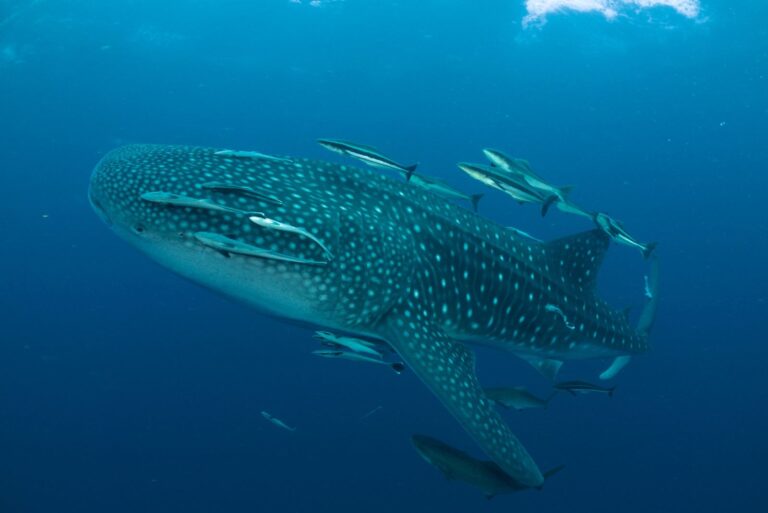14 Things That Make Sharks The Perfect Predator

Sharks have ruled the oceans for over 450 million years, evolving into nature’s most efficient hunting machines.
These remarkable creatures combine multiple biological advantages that make them incredibly successful predators in marine ecosystems worldwide. From specialized senses to unique body structures, sharks represent the pinnacle of aquatic hunting perfection.
1. Extraordinary Sense Of Smell
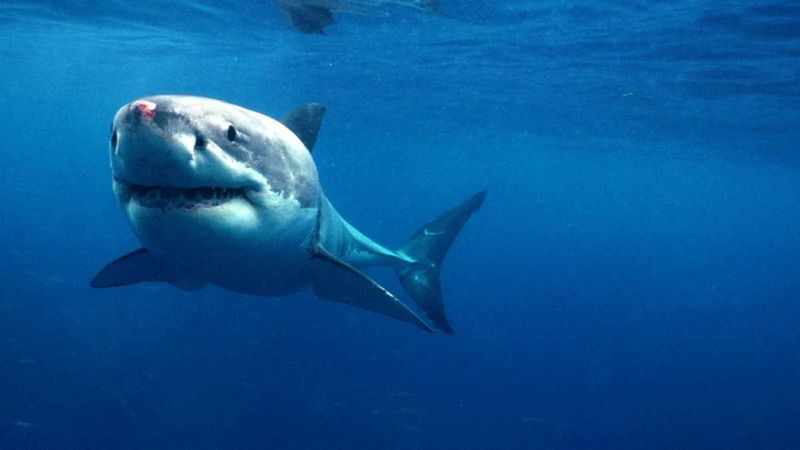
Sharks can detect a single drop of blood in an Olympic-sized swimming pool. Their nostrils contain specialized cells that pick up tiny particles dissolved in water from incredible distances. Some shark species can smell prey from up to a quarter-mile away, giving them a massive hunting advantage. This remarkable ability helps them locate injured animals or hidden prey with pinpoint accuracy.
2. Ampullae Of Lorenzini
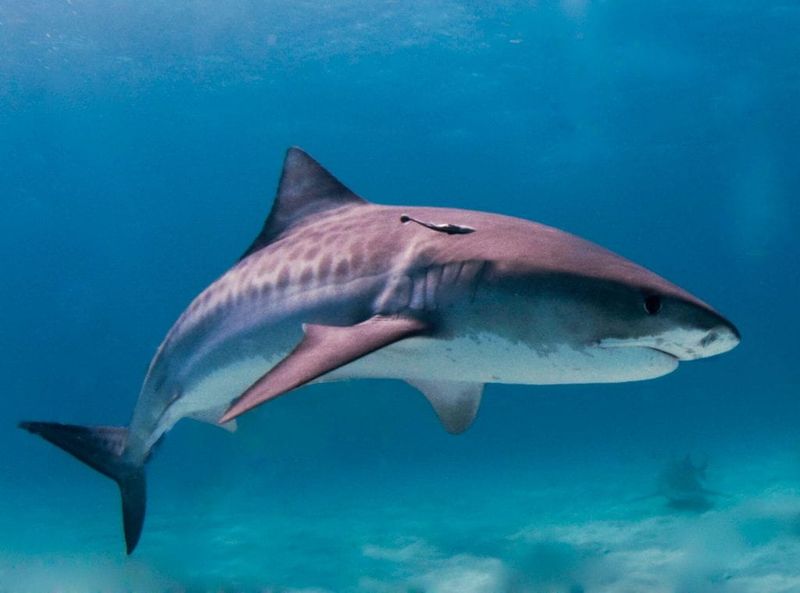
Those mysterious dots on a shark’s snout? They’re actually electroreceptors called Ampullae of Lorenzini. These special jelly-filled pores detect the tiny electrical fields generated by all living creatures. Even when prey hides under sand, sharks can sense their heartbeats and muscle movements. This sixth sense works like a biological metal detector, allowing sharks to hunt effectively in zero visibility.
3. Replaceable Teeth
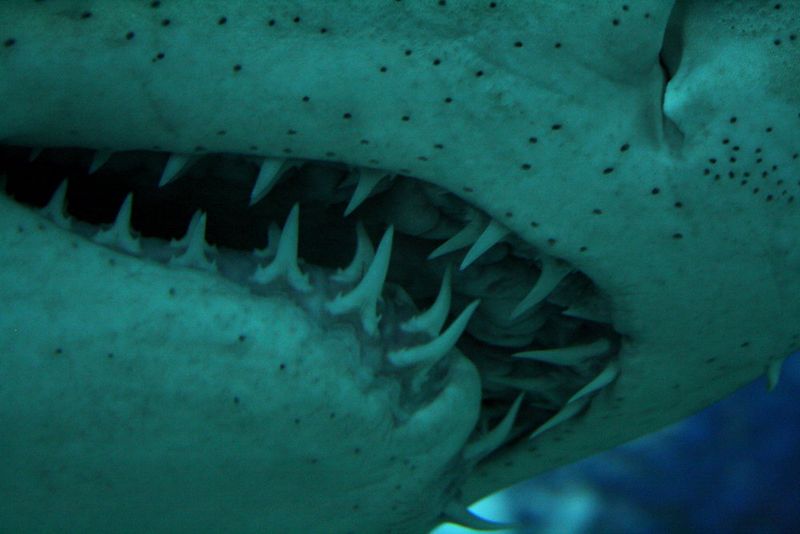
Unlike humans who get just two sets of teeth, sharks continually replace theirs throughout their lives. Some species can go through 30,000 teeth in a lifetime! Arranged in rows like a conveyor belt, new teeth develop behind active ones. When a tooth breaks or falls out during feeding, another moves forward to take its place within days, ensuring sharks always maintain their deadly bite.
4. Streamlined Body Design
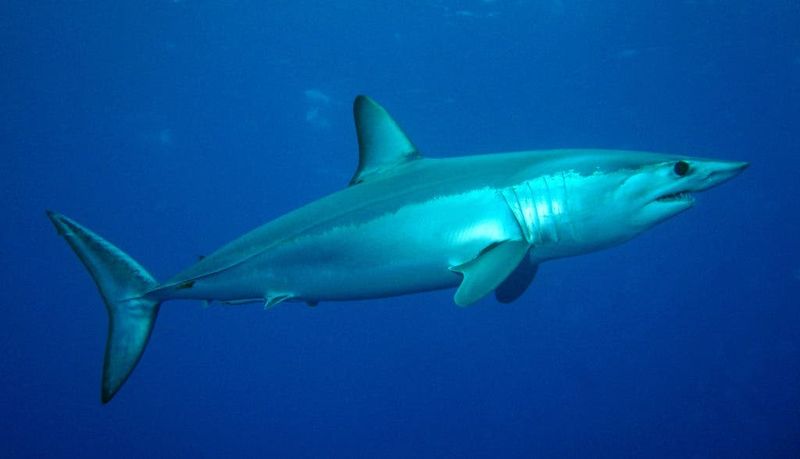
Sharks possess one of nature’s most hydrodynamic body shapes. Their fusiform (tapered at both ends) design minimizes drag while their cartilaginous skeleton provides flexibility and reduced weight compared to bony fish. Dermal denticles covering their skin further reduce drag by creating tiny vortices. These microscopic tooth-like scales channel water efficiently over their bodies, allowing sharks to swim silently and conserve energy while hunting.
5. Powerful Tail Propulsion

A shark’s muscular tail provides incredible thrust through water. Their asymmetrical caudal fin (with larger upper lobe) generates both forward momentum and lift, keeping them from sinking without a swim bladder. Great whites can reach speeds of 35 mph in short bursts, while makos can sustain 20 mph for longer periods. This combination of speed and endurance lets sharks chase down even the fastest prey fish.
6. Lateral Line System
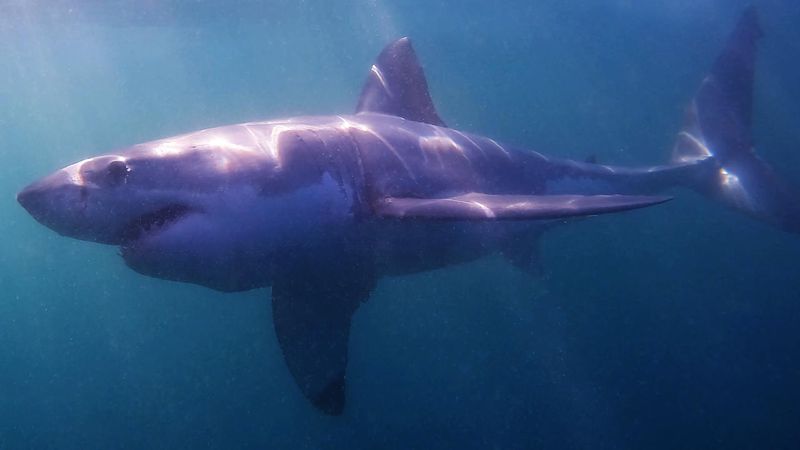
Running along both sides of a shark’s body is a specialized sensory organ called the lateral line. This system detects subtle water movements and pressure changes from considerable distances. When prey fish dart or swim erratically, sharks instantly sense these disturbances. Combined with their other senses, the lateral line creates a complete underwater awareness that makes sharks nearly impossible to surprise and difficult for prey to escape.
7. Superior Vision
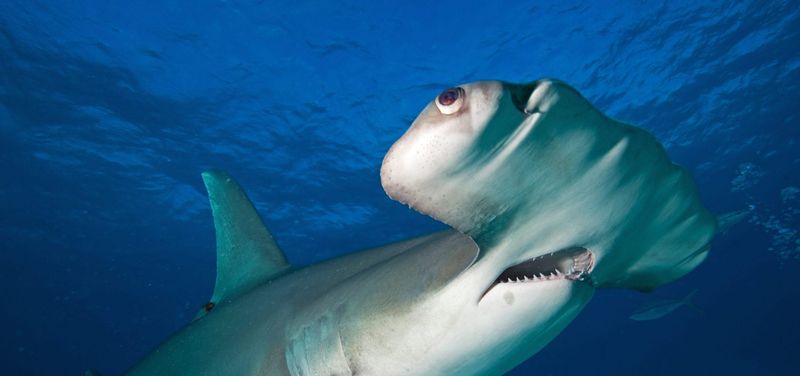
Contrary to popular belief, sharks have excellent vision adapted for hunting. Many species have a reflective layer behind the retina called the tapetum lucidum that enhances light in dark waters. Some sharks can see about ten times better in murky conditions than humans. Bull sharks and tiger sharks can even distinguish colors, helping them identify prey. Their eyes are positioned to provide a wide field of view while hunting.
8. Countershading Camouflage
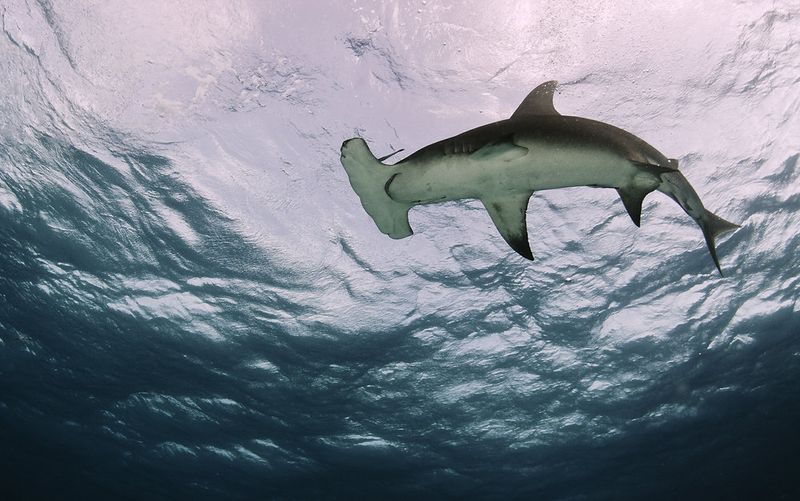
Look at a shark from above, and their dark backs blend with the deep water below. View them from underneath, and their light bellies disappear against the bright surface. This two-tone coloration called countershading makes sharks nearly invisible as they approach prey. Some species like the blue shark have additional disruptive patterns that break up their outline, making them the ultimate stealth hunters in open water.
9. Powerful Jaw Mechanics
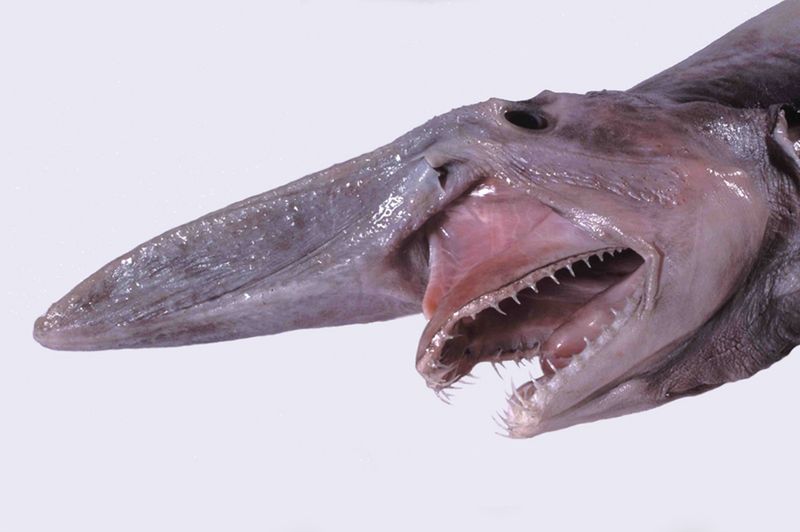
Shark jaws operate differently from most vertebrates. Their upper jaw isn’t fused to their skull but can actually extend forward when biting, increasing the force and reach of their strike. The bull shark generates bite force exceeding 1,300 pounds per square inch. That’s strong enough to crush turtle shells and bone! This combination of mobility and strength makes shark bites particularly devastating to prey.
10. Buoyancy Control
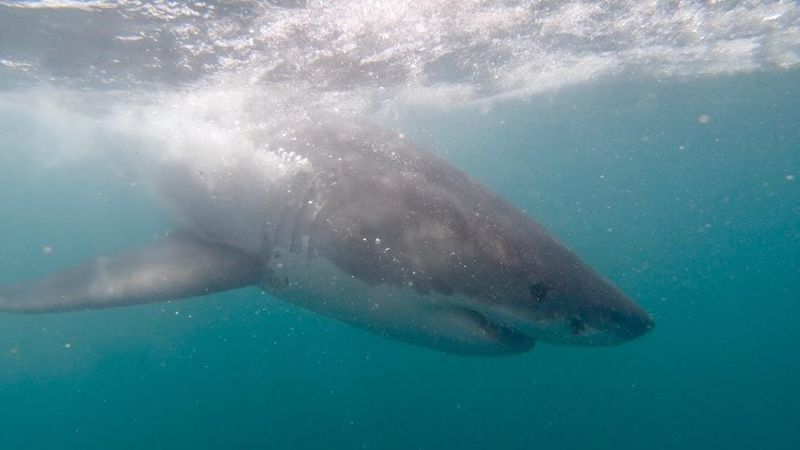
Unlike bony fish, sharks lack swim bladders for buoyancy. Instead, their large, oil-rich livers provide lift while their pectoral fins act like airplane wings, generating upward force as they swim. This system gives sharks precise control over their depth and movement. They can hover motionless, make rapid vertical changes, or glide efficiently for hours. Perfect for ambush predators, this adaptation allows sharks to conserve energy while maintaining ideal hunting positions.
11. Specialized Hunting Strategies

Different shark species have evolved unique hunting techniques. Great whites breach the surface to ambush seals from below. Thresher sharks stun fish with their elongated tail whips. Hammerheads pin stingrays with their wide heads. Tiger sharks use a broad diet and opportunistic approach, eating almost anything. These diverse strategies allow sharks to dominate various ecological niches, making them successful predators across different marine environments worldwide.
12. Exceptional Healing Abilities

Sharks possess remarkable healing powers that keep them in prime hunting condition. Their immune systems can rapidly repair wounds and fight infections without antibiotics. Research shows they rarely develop cancer despite environmental toxins. Some species can heal severe injuries within weeks without scarring. This resilience ensures sharks remain effective predators throughout their long lives, even after encounters with struggling prey or competing predators.
13. Acute Hearing
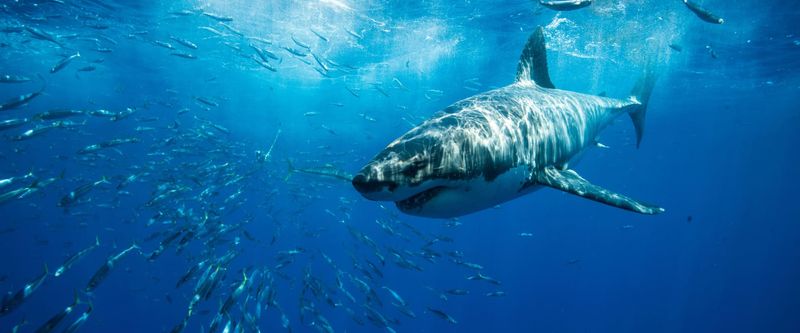
Sharks detect sounds from over a mile away, particularly low-frequency vibrations produced by struggling fish. Their inner ears contain tiny calcium crystals that move with sound waves, creating nerve signals. Most impressive is their ability to determine sound direction and distance with pinpoint accuracy. This helps them locate prey they can’t see or smell. When fishing boats attract sharks, it’s often their engines’ low rumble that draws them from great distances.
14. Evolutionary Perfection

Sharks have remained virtually unchanged for millions of years because their design reached evolutionary perfection early. While dinosaurs came and went, sharks continued thriving with minimal changes. The basic shark body plan emerged over 400 million years ago. Modern sharks still closely resemble their ancient ancestors because their adaptations work so effectively. This evolutionary success story demonstrates how sharks represent nature’s ideal design for an ocean predator.



